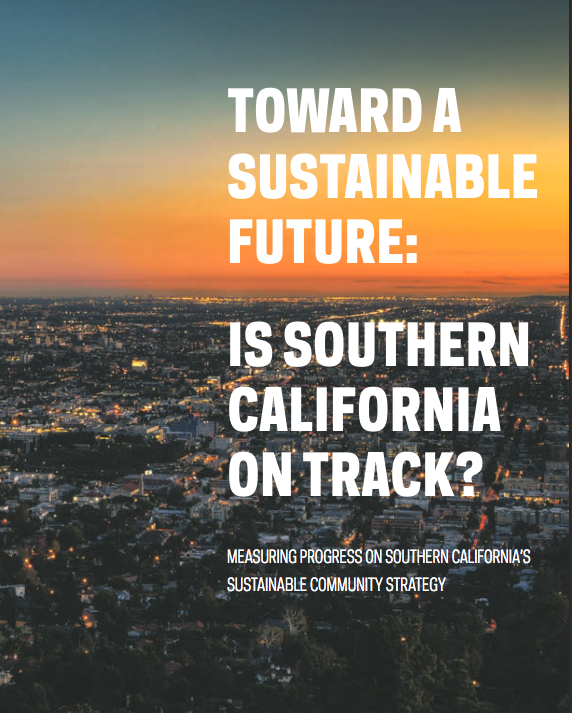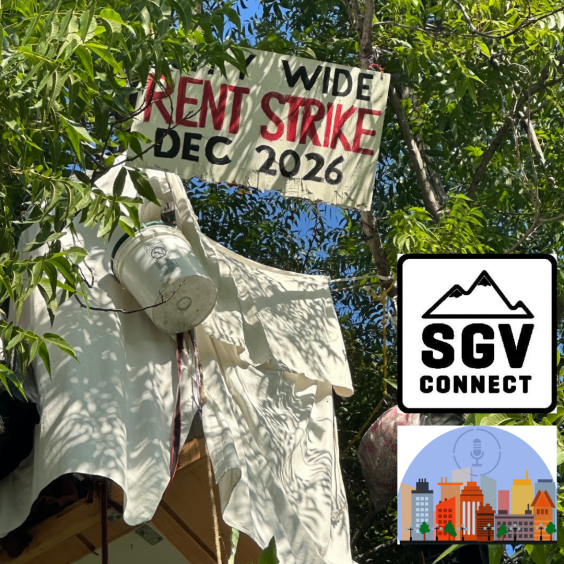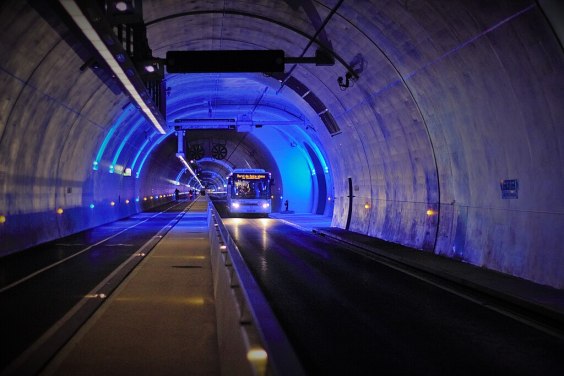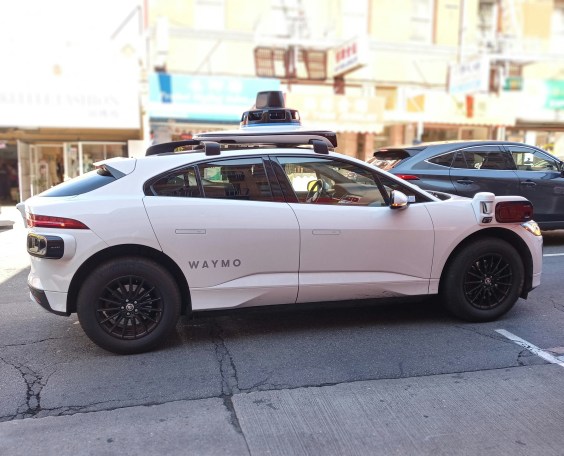Can California meet its climate change goals? A.B. 32, which set in motion the state's current climate change policies including cap and trade, is set to expire in 2020. The legislature and the governor are taking up the question of what's next. Do we continue down the same path? Adjust our policies? Scrap them entirely and start over?
Now would be a good time to ask questions about whether we are on the right track. ClimatePlan, a coalition of environmental, equity, and transportation advocacy groups, just spent two years asking questions about one such policy in one part of the state.
Its report, Towards a Sustainable Future: Is Southern California on Track?, looks closely at the Southern California Association of Governments' Sustainable Communities Strategy. The SCS is part of SCAG's Regional Transportation Plan (RTP/SCS), as required by S.B. 375. These strategies are supposed to outline how each region will meet its state-mandated greenhouse gas reduction targets, including how changing land use patterns will reduce vehicle travel.
The Air Resources Board is charged with checking every region's SCS and judging whether the plans will help the region meet targets. But its oversight seems to end there. That's a big problem, because while the regions come up with the SCS, local cities and counties actually plan and approve land uses and the transportation that connects them. It's possible for the SCS to be ignored at the local level where planning decisions are made, especially if no one is tracking or monitoring progress at that level.
SCAG adopted its first SCS in 2012, covering a massive and diverse six-county region including Los Angeles, Ventura, Orange, San Bernardino, Riverside, and Imperial Counties. The plan's goals included reducing passenger vehicles greenhouse gas emissions by nine percent per capita by 2020, and 16 percent per capita by 2035. SCAG has since updated the plan, in April of this year, to include a 21 percent reduction in GHGs by 2040. Attainment will be achieved by increasing carpooling, biking and walking, and transit use, reducing vehicle miles traveled, and increasing transit ridership.
So they say. But have the strategies in the first SCS even been put into practice? If so, are they working? ClimatePlan and its nonprofit partners studied SCAG's 2012 SCS and asked two questions: is the region meeting its goals? And is that enough?
“The Sustainable Communities Strategies are twenty-year plans,” said Chanell Fletcher, Associate Director of ClimatePlan, “and they're not going to change everything overnight. But climate change is happening right now. We need to know whether what we're doing is working, and how to avoid exacerbating the problem. We need to be able to show whether these plans are being implemented, and whether we are making the needed changes—not just in our planning but in our decision making.”
ClimatePlan's report finds that the region is generally moving in the right direction. Per capita driving has gone down, and air quality is improving. But the decrease in driving is minuscule, and if plan goals are going to be met, driving must decline much faster. Bad air quality continues to affect public health throughout the SCAG region, and more needs to be done to improve it. Only one in three residents get enough physical activity, and transit ridership is low. Investments in transit, walking, and bicycling are uneven, with L.A. County investing in rail while the entire SCAG region continues to invest more in highway expansion than transit.
Also, many local jurisdictions are way behind in building affordable housing and housing served by transit. Open space is still being eaten up by development. Public health markers like air quality and activity are improving, but very slowly. Work on displacement and gentrification is being addressed in some areas but not in others.
Importantly, the report's authors had a lot of trouble pinning down this information. They found that available data is frequently nonexistent, and very hard to find and to compare when it does exist.
For example, several County Transportation Commissions—which plan and fund transportation projects—do not report the greenhouse gas effects of their projects, nor do they add up the net GHG change from all their projects. These include Imperial, Ventura, and Riverside counties. Also, none of the six SCAG counties compare the change in greenhouse gases to goals mandated by state regulations.
What this means is that, even though the counties have in theory committed to reducing greenhouse gas emissions, they are not making clear how they plan to achieve the reductions, nor how what they are already planning will help or hurt those efforts.
We need to understand how California's climate policies and investments are contributing to reducing greenhouse gases, especially as some of those policies are facing a sunset date amidst opposition and lots of confusing information.
But we can't measure their results if we don't even know whether those policies are being implemented. “We need to get out of the planning stage,” said Fletcher, “and understand what's actually happening now. We need to start to figure out how we as a state can help with these plans at a local level. How are we tracking enforcement? How are local decisions aligned with state goals?”
State monitoring can help regions and local jurisdictions better understand the effects of their decisions, said Fletcher, like “holding up a mirror so they can see how they are doing. It's not a mandate. We're just asking: how are you ensuring that your transportation investments are going to help you reduce GHGs? How are you enforcing or checking that Regional Housing Needs Allocations are being met, and making sure there is enough affordable housing being built?”
“Sometimes that's more powerful and effective than a mandate—to be able to see what you are actually doing,” she said. “But you have to be objective to be able to do that.”
Although this report covers only one region's SCS, the lessons in it can apply to other places as well. “SCAG is a unique problem, but other regions are dealing with the same issues,” said Fletcher. “In certain places there is a huge disconnect between what the state is calling for and what the regional plans are saying.”
For example, in SCAG's 2012 RTP/SCS, over half the transportation budget was dedicated to public transit, which is good. However, all of the investments were pushed to the end of the planning period, while investment in highway expansions were frontloaded.
“That's an issue,” said Fletcher. “The whole idea of these plans is to create a new paradigm shift towards local communities served by transit, with housing available near it.”
By monitoring progress, the state—or in this case, nonprofit advocates—can help regions do a better job. “The state can say, and not in a patronizing way: You are not going to create sustainable communities if you don't start rethinking your travel,” said Fletcher.
The report is also timely because Caltrans has just begun the process of updating its guidelines for Regional Transportation Plans. Caltrans draft guidelines can be downloaded here, and comments on them can be made here until August 5.






